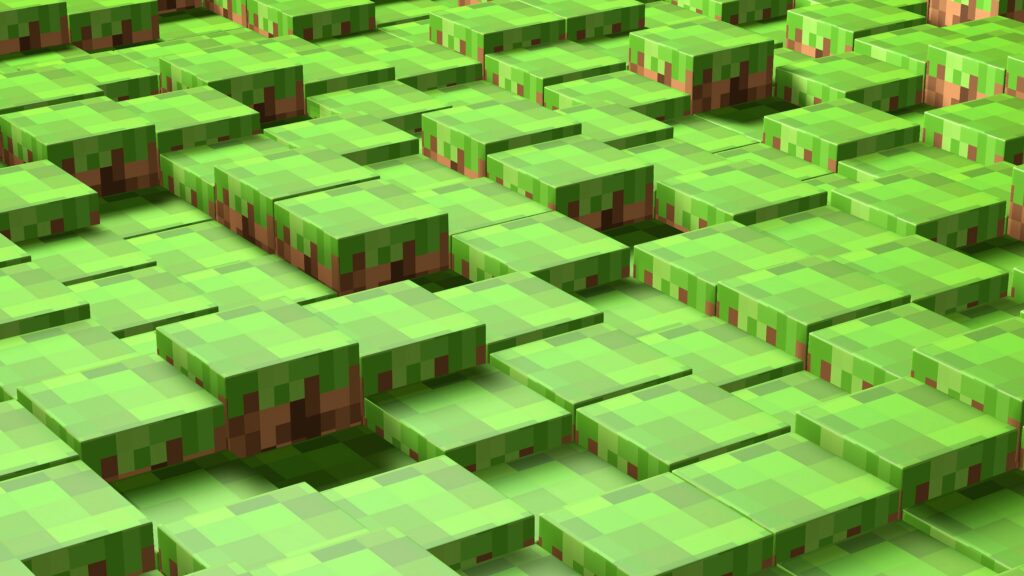
On April 4, Microsoft unveiled an interactive gameplay demo in Copilot Labs. It is an AI rendition of Quake II powered by Muse, its generative AI model for video game visuals.
Quake II is a first-person shooter (FPS) game published in 1997 by Activision Blizzard, which is now owned by Microsoft.
To make this possible, Microsoft introduced a real-time playable extension of their previous model, i.e, World and Human Action MaskGIT Model (WHAMM).
Microsoft has created an AI-generated replica of Quake II that you can play in browser.
“Every frame is created on the fly by an AI world model.”
Play it here:https://t.co/WGQymDOmsj pic.twitter.com/35MX5aHPbF
— Geoff Keighley (@geoffkeighley) April 5, 2025
The process involved training WHAMM on approximately one week of curated gameplay data from Quake II, a significant reduction from the seven years of data used for its older model to generate similar results. This focused data collection, aided by professional game testers, allowed for training on a single level with intentional gameplay.
The blog post explained the experience in brief, saying, “Much to our initial delight, we were able to play inside the world that the model was simulating. We could wander around, move the camera, jump, crouch, shoot, and even blow-up barrels similar to the original game.” It added, “Additionally, since it features in our data, we can also discover some of the secrets hidden in this level of Quake II.”
Microsoft stated some of its limitations, including that enemy interactions are often fuzzy and combat can be inaccurate. The short context length (0.9 seconds) leads to the model “forgetting” objects out of view, causing inconsistencies. Counting, particularly health values, is unreliable. The experience is limited to a single part of one Quake II level.
Finally, making WHAMM widely available introduces noticeable latency. Microsoft emphasises that this is a research exploration to understand the potential of AI in creating new interactive media.
The post Microsoft Used AI to Recreate Quake II appeared first on Analytics India Magazine.


